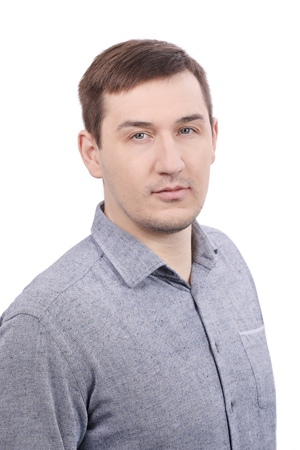Symptoms and treatment of mastitis. Features of mastitis in a nursing mother
Mastitis is a pathology of the mammary gland of an infectious and inflammatory nature, which is characterized by rapid spread. Treatment of the disease should be started at the first signs of it, as the risk of purulent destruction of the glandular tissue is too high. If the patient's immunity is weakened, the generalization of the infection and the rapid development of sepsis (blood infection) are likely.
Causes and symptoms of mastitis
In medicine, two main forms of the disease are distinguished - lactating and non-lactating mastitis. In the first case, the causes of the development of pathology can be:
- too much breast milk;
- abnormal structure of the nipples and related difficulties during feeding;
- violation of the technique of feeding a child.
Mastitis in a nursing mother (lactational) does not always develop even in the presence of the specified reasons, since provoking factors must also "work":
- nipple injuries (cracks);
- already diagnosed neoplasms of the mammary glands of benign or malignant origin;
- carriage of Staphylococcus aureus;
- postpartum depression;
- exacerbation of chronic diseases;
- hormonal disorders.
Non-lactational mastitis can develop at any age and not only in women, but also in men and girls. The causes of this form of the disease are considered to be a permanent violation of the hormonal background and breast injuries. Non-lactational mastitis is diagnosed only in 5% of all cases. The disease is not characterized by an acute development, but in almost every case it turns into a chronic form.
Symptoms of mastitis will be the same, regardless of the form:
- pain, feeling of expansion in the chest;
- edema of the mammary gland on one or both sides (unilateral/bilateral mastitis);
- severe pain during palpation;
- pronounced redness of the skin over the pathological area;
- increased inguinal lymph nodes, their tenderness during palpation.
There is also general weakness, an increase in body temperature (sometimes to critical levels), nausea and vomiting, dizziness.
If purulent mastitis has started (approximately on the 5th day of the development of the disease in the absence of treatment), then all the listed symptoms become more intense, a pronounced vascular network appears on the chest, the focus of the pathology is softened on palpation, with fluid overflowing inside. In this case, urgent medical assistance is required. There is no mention of therapy - the patient is immediately sent to a surgeon who will open the abscess, remove the pus and wash the cavity.
How to treat mastitis
Treatment of mastitis should be carried out under the supervision of a doctor, as antibiotics will be prescribed. Penicillins, aminoglycosides, macrolides and cephalosporins are considered the most effective. All of them are able to penetrate into breast milk and negatively affect the health and development of the child - it is strictly forbidden to continue breastfeeding with mastitis!
If the pathology was diagnosed at the initial stage of development, then you can apply Vishnevsky ointment, which reduces pain, helps to dissolve the infiltrate and accelerates the removal of milk. However, there is another opinion regarding the expediency of using this ointment - some surgeons claim that this method of treating mastitis provokes its transition to purulent.
How to treat mastitis with folk remedies:
- apply cabbage leaves to the inflamed areas, after beating them until drops of juice appear;
- use a decoction of dill seeds during the day in small portions;
- ensure the outflow of milk, prevent its stagnation - constantly express, lubricate the breasts with honey.
Mastitis is a serious disease that can lead to the need for surgical intervention. Timely diagnosis is the key to successful and quick treatment. You can make an appointment with a doctor on our website Dobrobut. com. The specialist will conduct a breast examination and advise nursing mothers.







